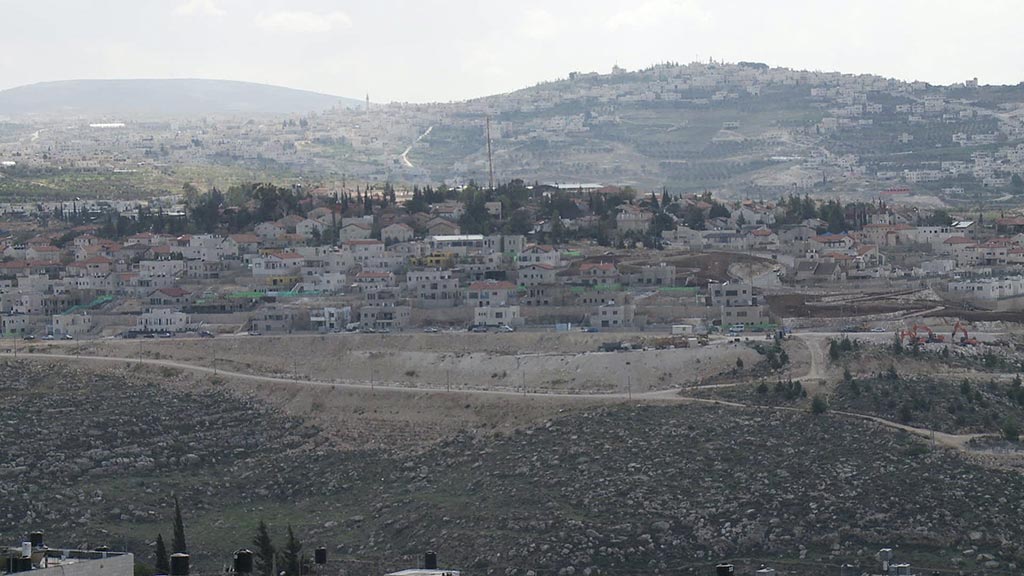
History of the Settlements
The Israeli settlements range from communities that are practically small cities, with populations as large as 30,000, to tiny outposts, shacks on a hill occupied by young Israeli extremists who are often forced off by the Israeli authorities. The settlements are supported by a massive infrastructure – modern highways, electrical grid, communications and the controversial security wall that Israel has built, in a path that often loops around to enclose major settlements.
Along with the settlements has come the Israeli occupation. The Israeli army and police forces maintain a heavy presence, starkly visible in the form of road checkpoints, medieval-looking watchtowers, and a constant presence of army jeeps and armored cars. Constitutional and human rights norms such as freedom to assemble, no arrest without cause, and a right to a trial do not apply to the Israeli authorities.
Peace talks have stalled. The most recent major step was the Oslo accords of the early 1990s, which gave rise to the Palestinian governing body, the Palestinian Authority, which has achieved some sovereignty over the major Palestinian urban areas and other parts of the West Bank. In the fall of 2011, as “Holy Land” began production, Palestinian Authority Prime Minister Mohammad Abbas went to the UN to launch Palestine’s bid for statehood — a move opposed by both Israel and the US.
Disunity among the leading Palestinian factions has complicated the situation. In the 2006 Palestinian elections, Yasser Arafat’s Fatah party squared off against Hamas, the Islamist party that is an offshoot of Egypt’s Muslim Brotherhood. Hamas won a large majority – in both the West Bank and Gaza, followed by a violent Hamas take over in Gaza. Almost all the Hamas West Bank Council have been imprisoned – most by the Israelis, some by the Palestinian Authority. This suppression of Hamas following democratic elections is an unreported story, which we follow in depth.
On the Israeli side, the right-leaning Benjamin Netanyahu’s Likud bloc has consolidated, although the most recent election saw a drop in Likud’s dominance and the emergence of Yair Lapid’s centrist party. Key to the Israeli political situation is the rising demographic influence of the ultra orthodox and the political clout of the settler groups – the religious and the settlers have parties of their own that can hold strong sway in Israel’s proportional system. Offsetting that have been signs of social unrest focused on the rising cost of living and economic inequality – a movement that has scrupulously avoided taking any position of the settlements and the occupation.
Life in the West Bank goes on. The struggle remains palpable in the lives of most Palestinians. The current leadership has come up through the ranks of resistance. Time in jail is a standard career path. There is a sense of futility and cynicism about government disunity and corruption. The economy depends on the Palestinian Authority and foreign aid — and the exodus of the young and the talented continues. A small group of youth leaders attempted to launch a Palestinian Spring, and it went nowhere.
On the Israeli side, the settlements continue to expand and life there has become almost routine. Settlers commute to high tech jobs in Tel Aviv. Vineyards are planted, homes built, babies are born. The status quo prevails – until a third intifada, a regional war or some other now unimaginable event comes along.






